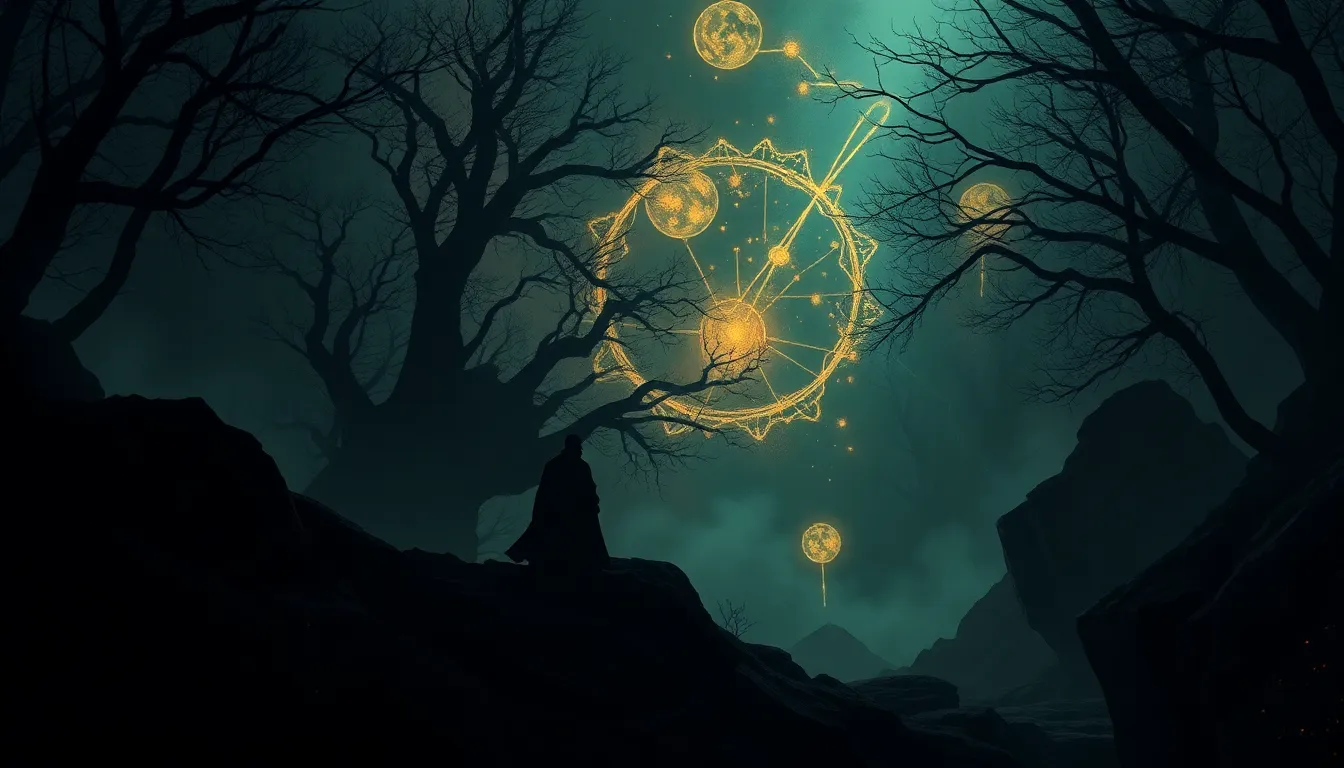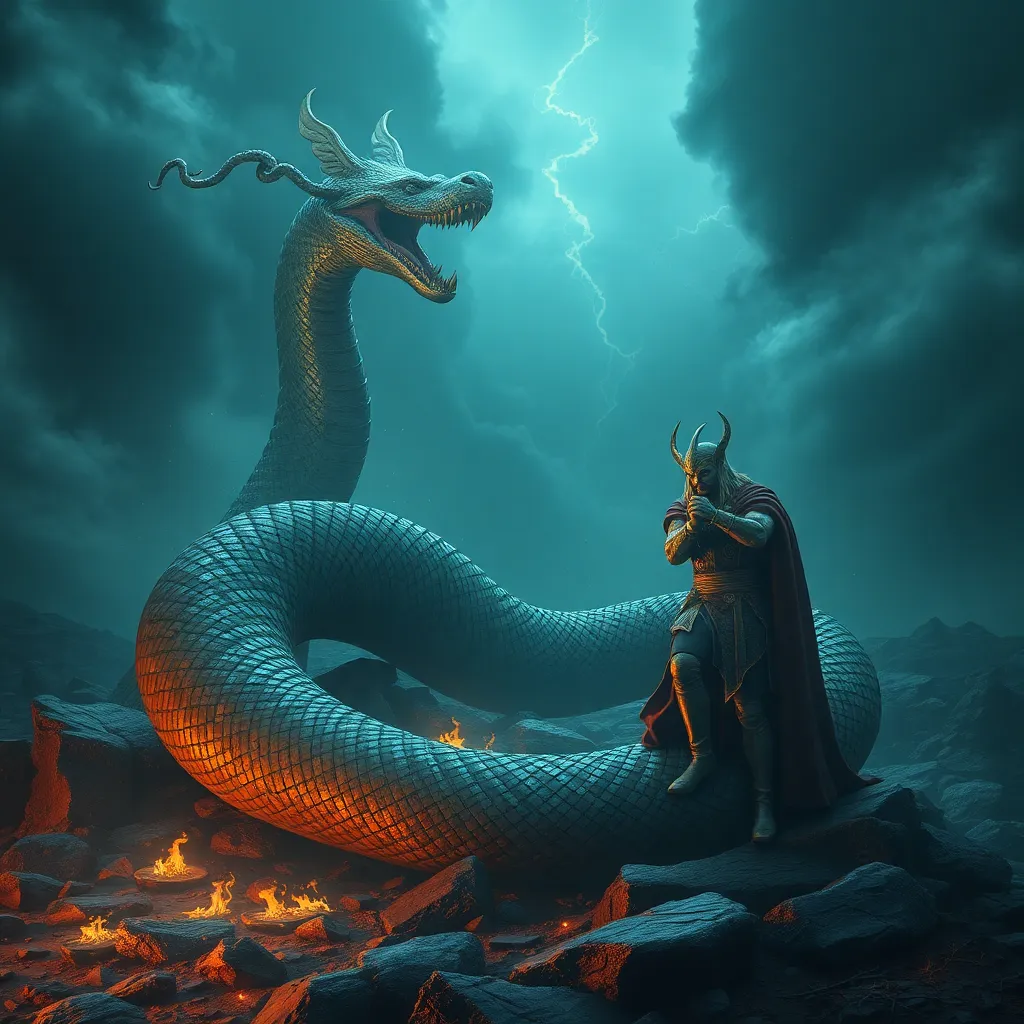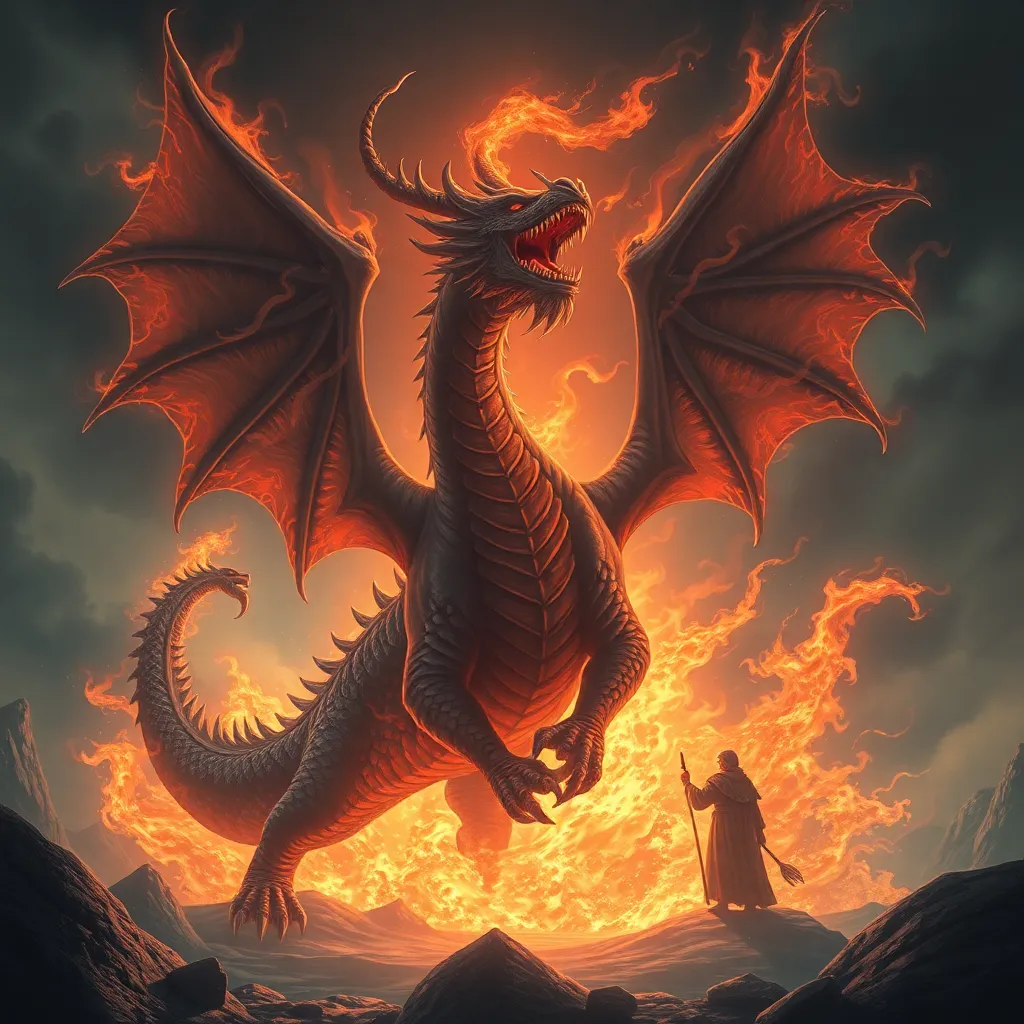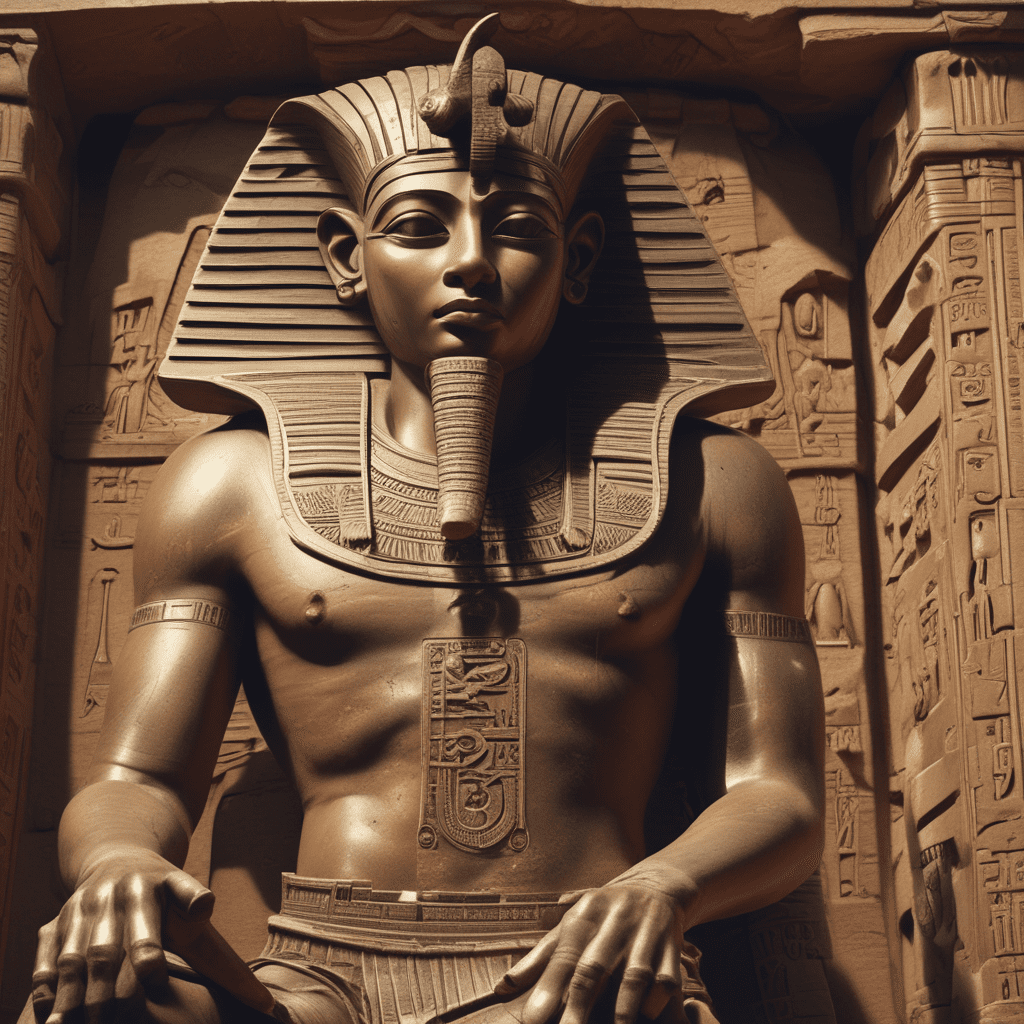Underworld Myths: The Dark Tales That Shape Our Beliefs
Introduction to Underworld Myths
Underworld myths are narratives that explore the realm of the dead and the experiences of souls after death. These myths serve as cultural touchstones, outlining beliefs about mortality, the afterlife, and moral justice. Across various religions and societies, these dark tales have played a significant role in shaping human understanding of life, death, and what lies beyond. This article will delve into the historical context, common themes, prominent figures, cultural comparisons, and the impact of underworld myths on modern beliefs and interpretations.
Historical Context of Underworld Myths
The origins of underworld myths can be traced back to ancient civilizations, where they were used to explain the mysteries of death and the afterlife. Key civilizations such as:
- Mesopotamia: The Sumerians and Babylonians had rich narratives about the underworld, ruled by deities like Ereshkigal.
- Egypt: Egyptian mythology provided detailed accounts of the afterlife, with the judgment of souls by Osiris and the weighing of the heart against the feather of Ma’at.
- Greece: Greek mythology introduced the realm of Hades, governed by the god Hades and populated by souls of the deceased.
These myths evolved over time, influenced by cultural exchanges, religious transformations, and philosophical inquiries. They adapted to the changing values and beliefs of societies, reflecting humanity’s ongoing contemplation of death and the afterlife.
Common Themes in Underworld Myths
Across diverse cultures, certain themes recur in underworld myths, reflecting universal human concerns:
- The Concept of Death and the Afterlife: Many myths address what happens after death, providing narratives that reassure or warn the living.
- The Journey of the Soul: Souls often embark on a journey after death, guided by figures like Charon in Greek mythology or Anubis in Egyptian beliefs.
- Punishment and Reward: Many myths include moral judgments, where the actions of the deceased determine their fate in the afterlife, leading to rewards or punishments.
Prominent Underworld Figures and Deities
Many cultures feature significant figures associated with the underworld:
- Hades: The Greek god of the underworld, who ruled over the dead, and his wife, Persephone, who symbolizes seasonal change and the duality of life and death.
- Osiris: The Egyptian god of the afterlife, resurrection, and fertility; he presided over the judgment of souls.
- Anubis: The Egyptian god of embalming and the protector of graves, who guided souls to the afterlife.
These figures illustrate the complexities of life, death, and rebirth, embodying the cultural values and fears of their respective societies.
Underworld Myths Across Cultures
Exploring underworld myths reveals both unique narratives and commonalities among cultures:
- Norse Mythology: The realm of Hel, ruled by the goddess Hel, is a place where those who did not die a heroic death reside.
- Hindu Beliefs: Concepts of reincarnation and karma shape views of the afterlife, with souls undergoing cycles of birth and rebirth.
- Aztec Religion: The Aztecs believed in multiple underworlds, with a complex afterlife journey influenced by one’s death circumstances.
These myths often served to reinforce societal norms and ethical behavior, shaping moral and cultural values through their narratives.
Symbolism of the Underworld in Literature and Art
Underworld myths have left a significant mark on literature and art throughout history:
- Dante’s Inferno: A literary classic that depicts a vivid journey through the nine circles of hell, illustrating themes of sin and redemption.
- Visual Arts: Artists like Hieronymus Bosch and Gustave Doré have portrayed the underworld in their works, emphasizing the moral implications of the afterlife.
Modern storytelling continues to draw inspiration from these ancient myths, reflecting their enduring power and relevance in contemporary narratives.
Psychological Interpretations of Underworld Myths
From a psychological perspective, underworld myths can be seen as metaphors for the unconscious mind:
- Jungian Archetypes: Carl Jung suggested that the underworld represents the collective unconscious, where archetypes and repressed fears reside.
- Existential Questions: These myths often address fundamental human fears regarding death, loss, and the search for meaning.
Such interpretations enrich our understanding of how these myths resonate on a psychological level, reflecting deep-seated fears and desires.
The Impact of Underworld Myths on Modern Beliefs
Underworld myths continue to influence contemporary culture and beliefs:
- Media Representations: Films, television series, and literature often incorporate themes of the underworld, emphasizing their relevance.
- Spirituality: Many modern spiritual practices draw from ancient beliefs about the afterlife, fostering a deeper understanding of death.
- Pop Culture Resurgence: The renewed interest in mythological themes in pop culture showcases the timeless nature of these narratives.
Critiques and Reinterpretations of Underworld Myths
As societies evolve, so do interpretations of underworld myths:
- Feminist Perspectives: The narrative of Persephone, for instance, has been reinterpreted to highlight themes of empowerment and agency.
- Post-Colonial Critiques: Some interpretations challenge the appropriation of myths, advocating for a more nuanced understanding of cultural contexts.
- New Adaptations: Modern retellings of these myths often explore contemporary issues, providing fresh insights into age-old tales.
Conclusion: The Enduring Legacy of Underworld Myths
Underworld myths remain a vital part of the human experience, offering insights into our beliefs about life, death, and morality. Their rich narratives and complex characters continue to resonate, reflecting our struggles with existential questions and the mysteries of the afterlife. As we navigate the modern world, these ancient tales remind us of the shared human experience that transcends time and culture, inviting us to ponder the depths of our own beliefs and fears.



